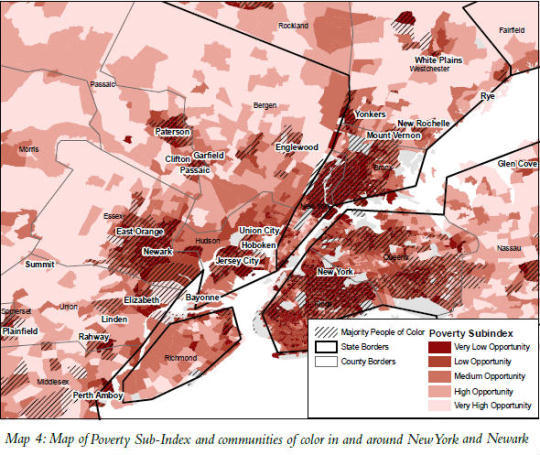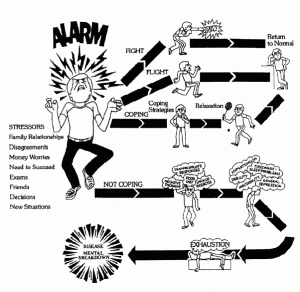
Clarence Gravlee, Amy Non and Connie Mulligan have just published an outstanding article in PLoS ONE, Genetic Ancestry, Social Classification, and Racial Inequalities in Blood Pressure in Southeastern Puerto Rico. The abstract opens:
The role of race in human genetics and biomedical research is among the most contested issues in science. Much debate centers on the relative importance of genetic versus sociocultural factors in explaining racial inequalities in health. However, few studies integrate genetic and sociocultural data to test competing explanations directly.
Note how that fits so well into the points just made in Nature/Nurture: Slash to the Rescue. But Gravlee, Non and Mulligan don’t just say we need to overcome the nature vs. nurture dichotomy, they do research that bridges it and even better, test ideas on both sides: “We draw on ethnographic, epidemiologic, and genetic data collected in southeastern Puerto Rico to isolate two distinct variables for which race is often used as a proxy: genetic ancestry versus social classification.”
This type of collaborative research can be crucial to getting the data to answer complicated questions. Connie Mulligan and Lance Gravlee deserve credit for taking the time to discuss how to bring together their respective approaches before going out to do research. In this case, the data come down more on the nurture (or social) side. As they write:
Our preliminary results provide the most direct evidence to date that previously reported associations between genetic ancestry and health may be attributable to sociocultural factors related to race and racism, rather than to functional genetic differences between racially defined groups.
Before someone gets all hot and bothered, Lance has also shown how to bring nurture back to nature. In Gravlee’s recent paper, How Race Becomes Biology: Embodiment of Social Inequality (pdf), he gives us following: “Drawing on recent developments in neighboring disciplines, I present a model for explaining how racial inequality becomes embodied – literally – in the biological well-being of racialized groups and individuals. This model requires a shift in the way we articulate the critique of race as bad biology.”
In the PLoS paper, Lance, Amy and Connie are aiming squarely at the use of race in medicine, where it has become common in some circles to use racial classification as a proxy for genetics. Basically this research destroys the proxy notion, since social classification turns out to be a better predictor of blood pressure than genetic ancestry.
Continue reading “Gravlee et al: Race, Genetics, Social Inequality, and Health”



 “To this day, every time I smell firecrackers or fire arms being shot, I feel like I am right back there. All I have to do is close my eyes and I see the whole scenario over and over again. I can’t erase it.”
“To this day, every time I smell firecrackers or fire arms being shot, I feel like I am right back there. All I have to do is close my eyes and I see the whole scenario over and over again. I can’t erase it.”